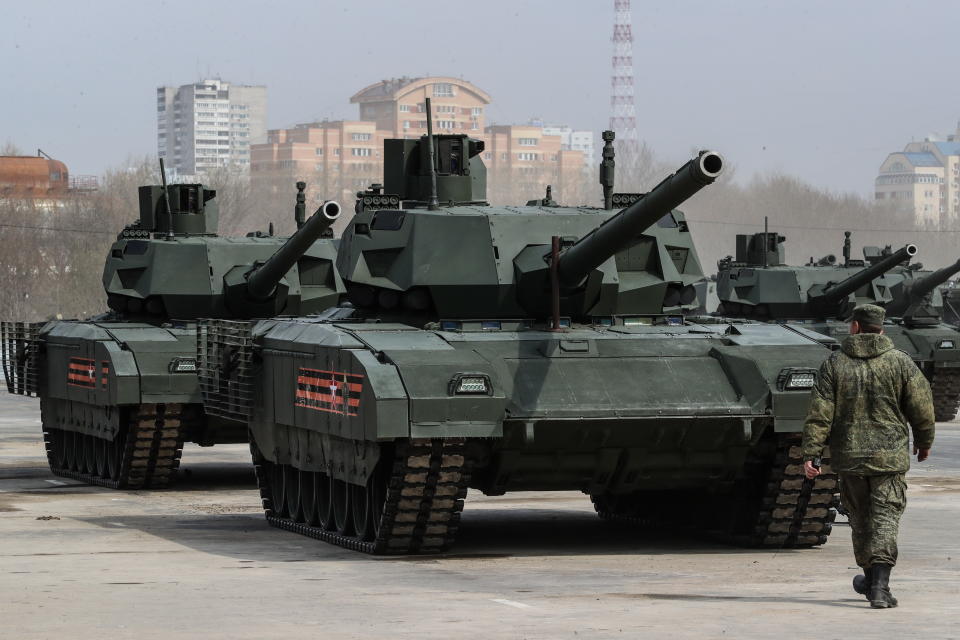Army Chief Outlines Future Tank Features

The chief of staff of the U.S. Army discussed what he'd like to see in a future tank to replace the M1 Abrams. Speaking at the National Press Club in Washington D.C. last week. Chief of Staff Mark Milley mentioned railguns, a reduced crew or no crew at all, so-called active protection systems, and a super strong yet lightweight armor that could dramatically lower the weight of future tanks.
Quoted in Breaking Defense, Milley made it clear he wanted the tank that follows the 40 year old M1A2 Abrams tank to have "breakthrough"-as opposed to incremental-technologies. An incremental technology tank would have, for example, a 140-millimeter main gun, a more efficient turbine or diesel engine, and more armor but perhaps nothing more extreme than that.
The problem with incremental technologies is they're just going to make a heavier, less mobile tank. The Abrams tank began its career as a 58 ton tank with a 105-millimeter gun, and today is a 70 ton tank with a 120-millimeter gun. A bigger gun will be heavier, a more powerful conventional engine will be heavier, and heavier armor will be the heaviest of all.
Breakthrough technologies, on the other hand, could be both smaller and more powerful, resulting in a more agile, more easily transportable tank. A tank-mounted railgun could mean less bulk while providing even more tank-killing power. A remotely controlled, crewless tank could go into hazardous situations too risky for human crews.
Lighter, better protecting armor, Milley said, would be the "Holy Grail" for a tank. An armor capable of shrugging off kinetic energy and shaped charge (high explosive, anti-tank) rounds would allow the new tank to shrug of main gun rounds, anti-tank missiles, and infantry anti-tank weapons.

Milley also wants a tank that could be driverless, allowing the remaining crew to concentrate on fighting the enemy, or even completely crewless.
Milley commented on the new technologies in response to questions about Russia's T-14 Armata tank. The chief of staff said that while the U.S. Army has a "good, solid tank" today in the Abrams, the Army will need a new tank within the next 25 years.
Breakthrough technologies, although full of promise, have their own problems. Often in military procurement the technologies are adopted before fully mature-for a recent example, look no further than the radar, catapult, and aircraft arresting gear on the Navy's latest carrier, the USS Gerald R. Ford. The Ford ended up billions over budget and years behind schedule.
This is the Army's third attempt to build a replacement for the M1. From 1999 to 2008, the U.S. Army spent $18.1 billion trying to create an entire family of vehicles to replace the Abrams tank, Bradley fighting vehicle, and other platforms only to have the program cancelled without a single vehicle being fielded. The program, called Future Combat Systems, was too technologically ambitious to be viable. A second program, the Ground Combat Vehicle, was cancelled in 2014, again without a single vehicle reaching operational status.
You Might Also Like

